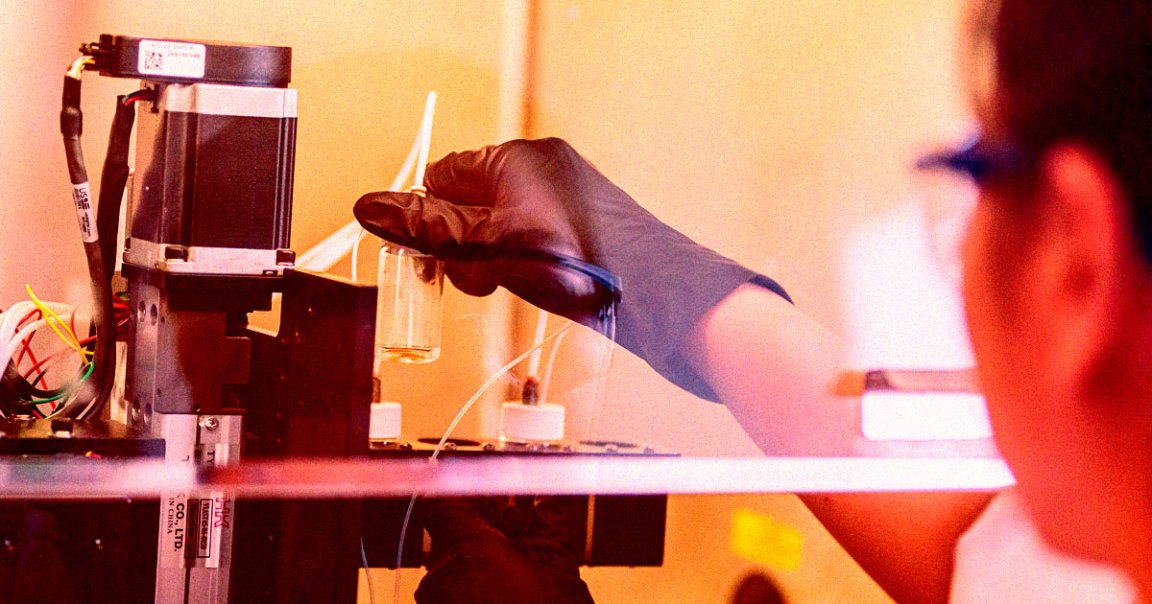
Scientists at Pennsylvania State University claim to have become the first to 3D print living human skin tissue onto open wounds on rats.
The researchers are hoping the work could lead to new developments in the field of reconstructive facial surgery and even human hair treatments.
Conventional methods, including skin grafts from another part of the body, are far from perfect.
“Reconstructive surgery to correct trauma to the face or head from injury or disease is usually imperfect, resulting in scarring or permanent hair loss,” said Penn State professor of engineering Ibrahim Ozbolat, lead author of a paper about the research published in the journal Bioactive Materials, in a statement.
The research builds on previous experiments involving 3D bioprinted layers of skin. For their latest trial, the team claims to have seamlessly repaired damaged tissue thanks to a new approach that involves printing the bottom and middle layers of skin, hypodermis and middle dermis respectively, which allows the top layer, the epidermis, to form on its own over time.
“With this work, we demonstrate bioprinted, full thickness skin with the potential to grow hair in rats,” said Ozbolat in the statement. “That’s a step closer to being able to achieve more natural-looking and aesthetically pleasing head and face reconstruction in humans.”
The team’s bioink is made up of three parts: a network of proteins and stem cells, both extracted from human fat tissue collected from surgery patients, as well as a clotting solution that helps bind everything together at the site of the rat’s injury.
“We printed directly into the injury site with the target of forming the hypodermis, which helps with wound healing, hair follicle generation, temperature regulation and more,” Ozbolat said.
Within just two weeks, the epidermis formed on top of the 3D-printed hypodermis and dermis layers.
Most excitingly, the resulting hypodermis contained downgrowths, the early stages of the formation of hair follicles.
“We believe this could be applied in dermatology, hair transplants, and plastic and reconstructive surgeries — it could result in a far more aesthetic outcome,” Ozbolat said.
The team was awarded a patent by the US Patent and Trademark Office for their bioprinting technique last month.
However, translating the findings to human models, let alone human trials, is likely still far out. But given their latest results, the approach may just have a shot at revolutionizing the field of reconstructive surgery.
More on 3D printing: Doctors Invent New Way to 3D Print Inside the Body